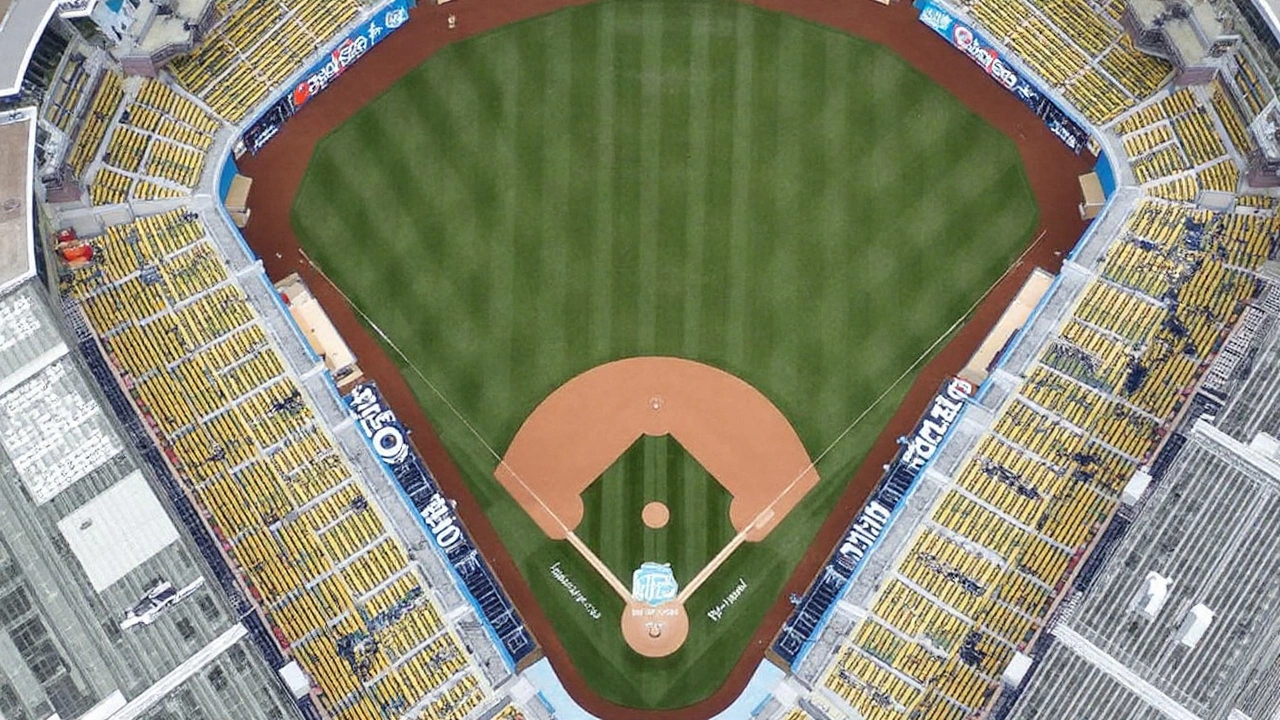MLB Playoff Race
When talking about the MLB playoff race, the chase for the postseason spots in Major League Baseball that decides who gets a shot at the World Series. Also known as the postseason chase, it focuses on win‑loss records, divisional rankings, and the all‑important wild‑card race. The MLB playoff race isn’t just a numbers game; it’s a story of momentum, injuries, and schedule quirks that can flip a team’s fate in a week.
Key Elements That Shape the Chase
The MLB postseason, the final series of elimination rounds culminating in the World Series hinges on three core entities. First, Division standings, the order of teams within each of the six MLB divisions based on win‑loss percentage. Second, the Wild Card, the two non‑division winners with the best records that earn the last postseason berths. Finally, a team’s Run differential, the total runs scored minus runs allowed, which often predicts future performance. These elements create a network of relationships: the postseason requires strong division standings, the Wild Card offers a safety net for teams trailing their division, and run differential influences both.
Fans often ask how a single game can tip the balance. Consider the semantic triple: "Division standings affect Wild Card eligibility" and "Run differential influences MLB postseason odds". When a team clinches its division early, the race narrows, and the Wild Card battle intensifies. Conversely, a high run differential can mask a mediocre win‑loss record, hinting at a team that might surge late.
Our collection below captures the breadth of this excitement. You’ll find posts about standout players influencing the race, analyses of schedule quirks that have swung divisions before, and deeper dives into how injuries reshape the Wild Card picture. Whether you’re tracking your favorite club or just love a good underdog story, the articles ahead give you the angles you need to stay ahead of the MLB playoff race narrative.
